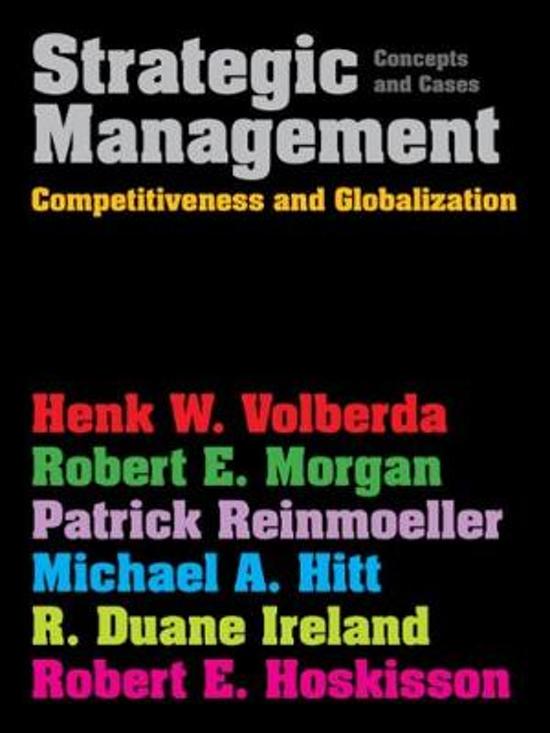Resumen
Summary ALL LECTURES: Strategic Management UvA 2023 (6012B0430Y)
- Grado
- Institución
- Book
Detailed lecture notes from Strategic management 2023 also including tables and diagrams discussed in class. I also added the notes from workgroup 1 giving more insight into the five forces model. I hope this will help you to study for the exam!
[Mostrar más]




